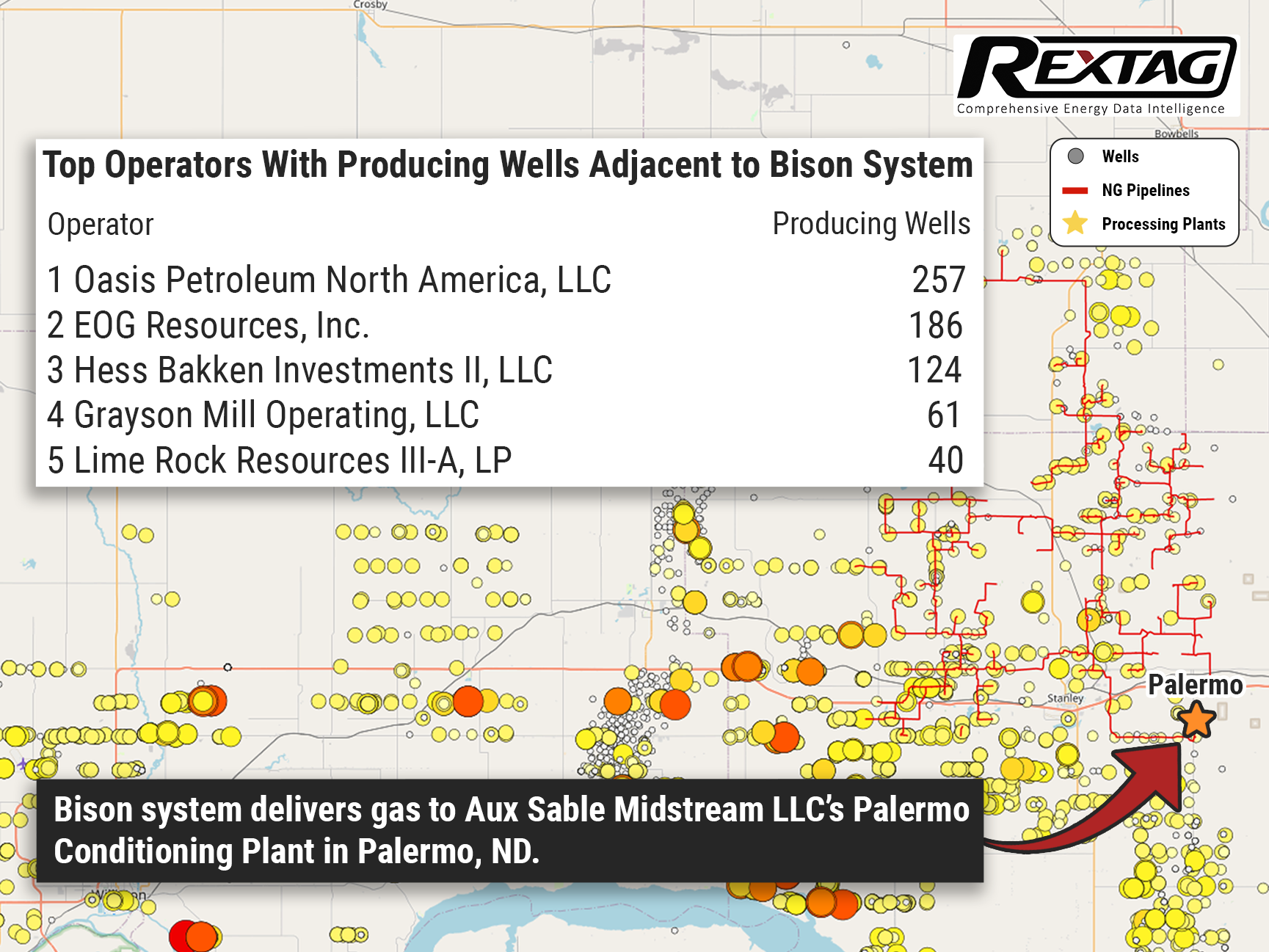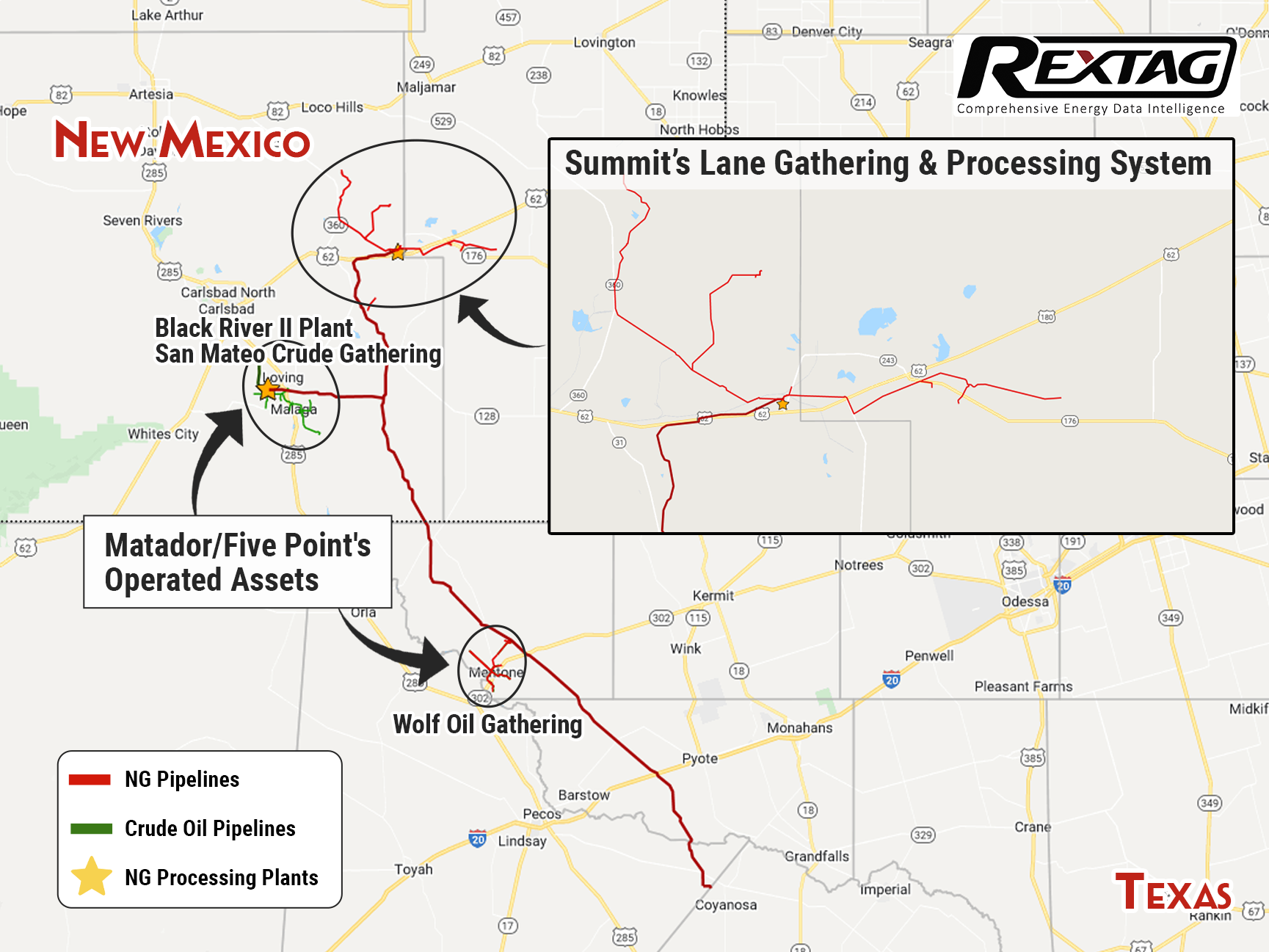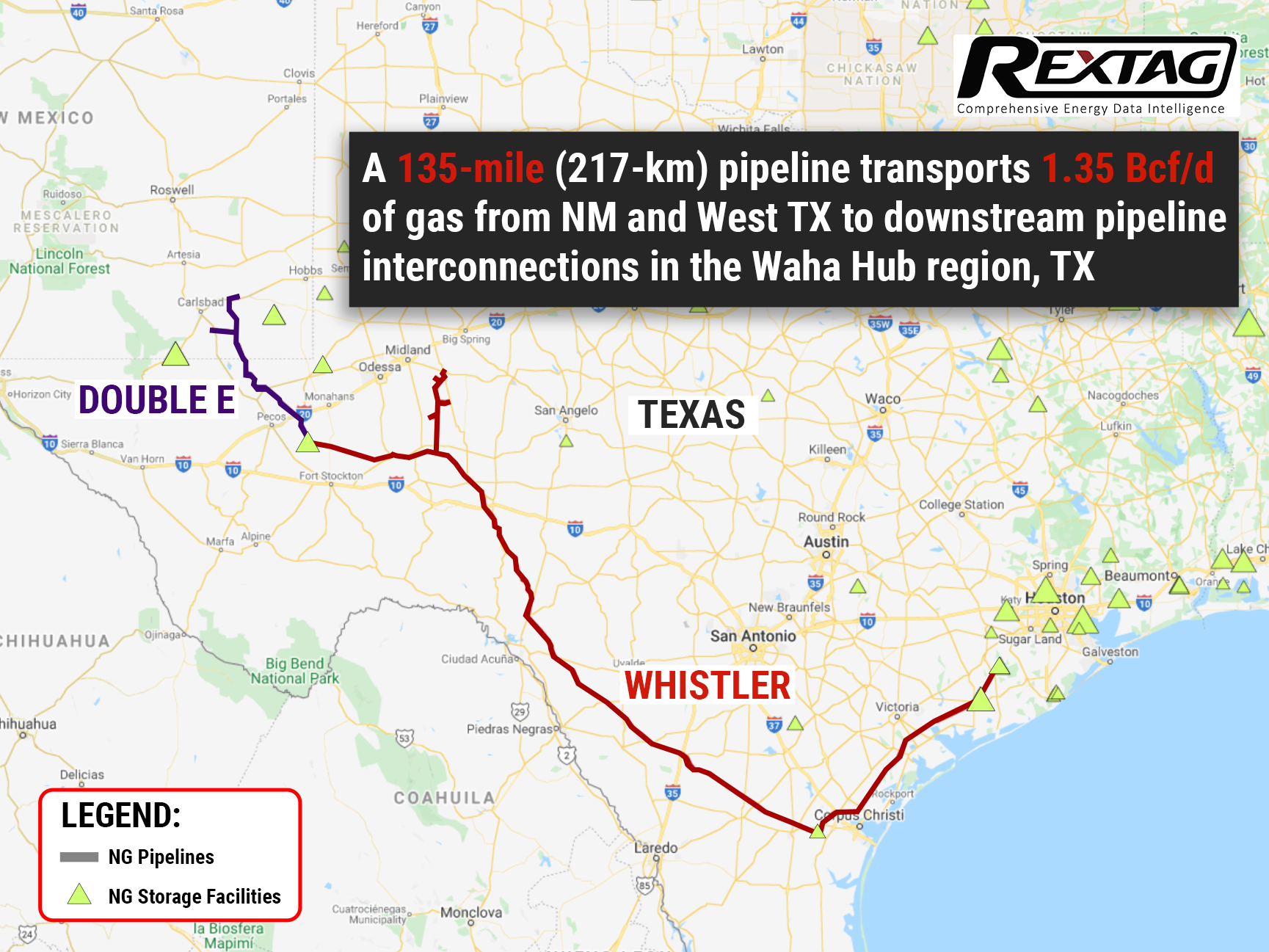Blog
Since days when shale oil and gas technologies were discovered, the U.S. energy industry has been evolving more rapidly than ever before. Many changes are amazing especially when you put them on an industry map. At Rextag not only do we keep you aware of major projects such as pipelines or LNG terminals placed in service. Even less significant news are still important to us, be it new wells drilled or processing plants put to regular maintenance.
Daily improvements often come unnoticed but you can still follow these together with us. Our main input is to “clip it” to the related map: map of crude oil refineries or that of natural gas compressor stations. Where do you get and follow your important industry news? Maybe you are subscribed to your favorite social media feeds or industry journals. Whatever your choice is, you are looking for the story. What happened? Who made it happen? WHY does this matter? (Remember, it is all about ‘What’s in It For Me’ (WIIFM) principle).
How Rextag blog helps? Here we are concerned with looking at things both CLOSELY and FROM A DISTANCE.
"Looking closely" means reflecting where exactly the object is located.
"From a distance" means helping you see a broader picture.
New power plant added in North-East? See exactly what kind of transmission lines approach it and where do they go. Are there other power plants around? GIS data do not come as a mere dot on a map. We collect so many additional data attributes: operator and owner records, physical parameters and production data. Sometimes you will be lucky to grab some specific area maps we share on our blog. Often, there is data behind it as well. Who are top midstream operators in Permian this year? What mileage falls to the share or Kinder Morgan in the San-Juan basin? Do you know? Do you want to know?
All right, then let us see WHERE things happen. Read this blog, capture the energy infrastructure mapped and stay aware with Rextag data!
Bison Gas Gathering System Sold: $40M Cash Paid By Summit Midstream to Steel Reef
Steel Reef acquires Summit Midstream’s Bison Gas gathering system in North Dakota for $40 million in cash as part of Houston-based Summit’s plans to streamline its portfolio. According to a release on September 19, with the sale of Bison Midstream, Summit’s focus in the Williston Basin will be on increasing its crude oil and produced water gathering systems mainly situated in Williams and Divide Counties, North Dakota. The Bison agreement follows the sale of Summit’s Lane gathering and processing system in the #PermianBasin to Matador Resources Co. in June for $75 million. The merger of the divestitures creates additional financial flexibility to reinvest in more strategic scale-building opportunities across Summit’s footprint. Summit Midstream is interested in the status of customer development activity in central Williams County and pro forma for the transaction and anticipates over 50 new wells behind our liquids system in 2023. Pro forma for the Bison transaction, Summit will have about $90 million drawn on its $400 million ABL credit facility, resulting in over $300 million of available liquidity, according to Deneke. The company continues to anticipate to trend toward the high end of our 2022 Adjusted EBITDA guidance range of $205 million to $220 million.
In Matador's Favor, For $75 Million Summit Sells Its Permian Midstream Assets
Matador Resources Co. acquires a gathering and processing system for $75 million in New Mexico’s Eddy and Lea counties from Summit Midstream Partners LP, filling up Matador’s midstream portfolio in the Permian Basin. Matador reached an agreement with a subsidiary of Summit to gain Summit’s Lane Gathering and Processing System on June 9. Nowadays, the Lane G&P System combines a 60 MMcf/d cryogenic natural gas processing plant, three compressor stations, and about 45 miles of natural gas gathering pipelines. As an investor presentation says, Matador began its initial midstream build-out in the Delaware Basin in 2015-2016. Since then the company has extended its midstream footprint in the Delaware using the San Mateo I and San Mateo II joint venture partnerships with Five Point Energy LLC
No More Gas Flaring: the Permian's Double E Pipeline is brought into service in West Texas
Permian Basins gas infrastructure boom: Summit Midstream puts into service a new pipeline system, aimed at reducing gas flaring in the area. Besides ecological concerns, the project will also transport almost 1,5 billion cubic feet of gas per day — enough to supply 5 million U.S. homes every day. According to Federal Energy Statistics, the project cost a whopping $450 million.


